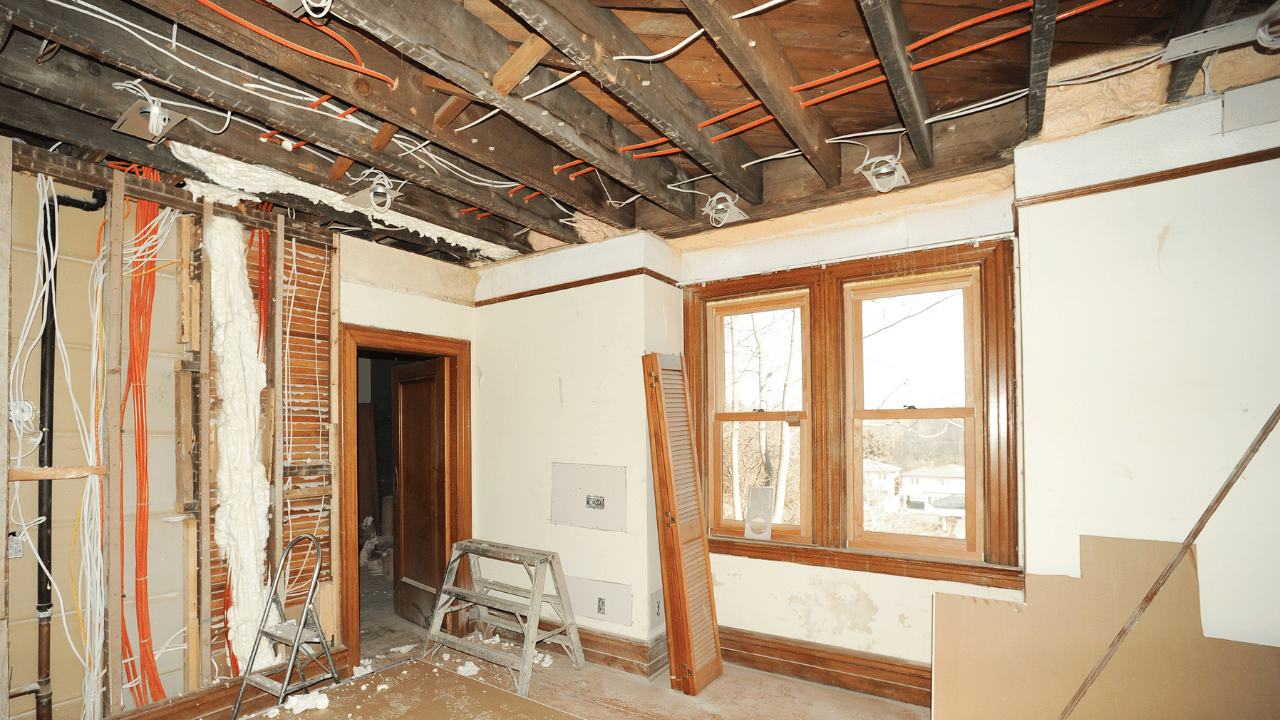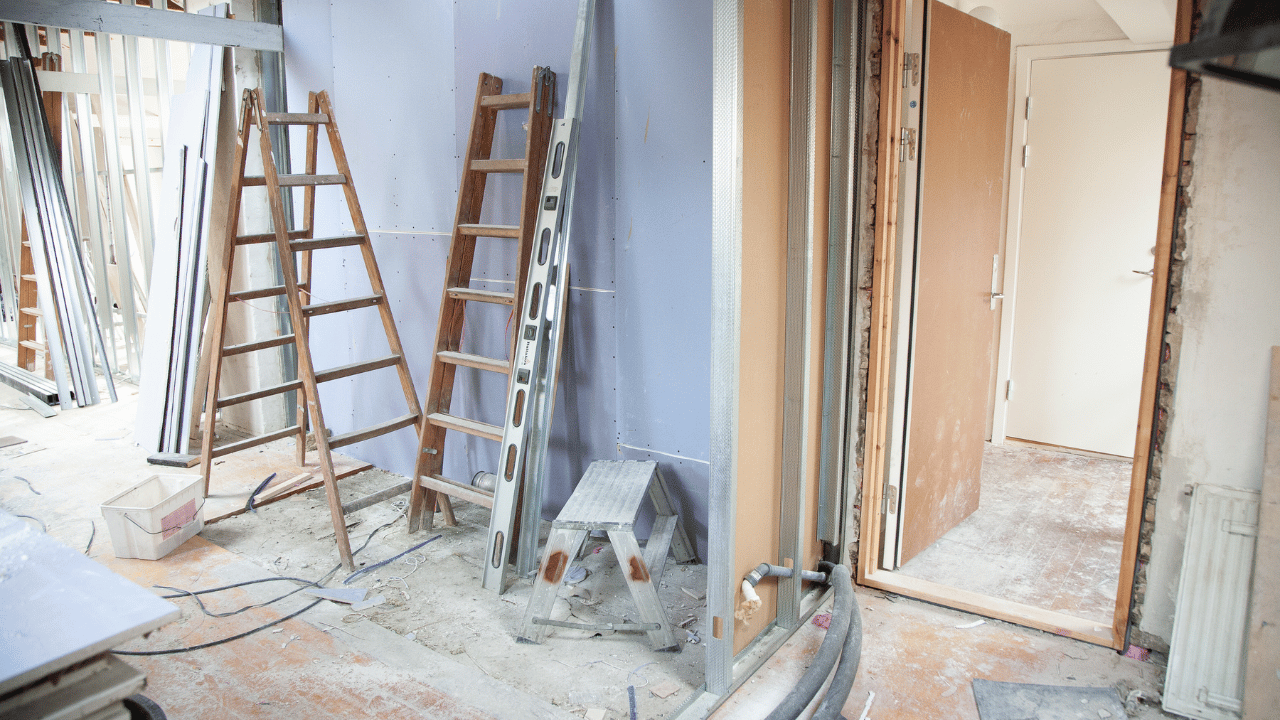Last Updated on October 21, 2023 by Pro Handyman Australia – Editorial Team
Renovating a space, be it a home or office, is a significant decision that carries with it a mix of excitement and apprehension. As with any major project, understanding the advantages and disadvantages of renovation is crucial before taking the plunge. While the allure of a fresh, modernized space is undeniable, the challenges that accompany such endeavors are equally real. This comprehensive exploration into the pros and cons of renovation aims to equip you with a holistic view, helping you navigate the transformative journey of remodeling with both optimism and caution. Let’s delve into the myriad facets of renovation to discern the potential rewards and pitfalls.
The Advantages of House Renovation: More Than Just Aesthetics

In the world of home ownership, the decision to renovate often arises from the desire to breathe new life into a space that has become mundane, outdated, or perhaps less functional over the years. However, beyond the allure of revamped interiors and contemporary design, house renovation comes with a myriad of advantages that can have long-lasting impacts on a homeowner’s quality of life, finances, and overall home experience. Let’s explore some of these benefits in detail.
1. Enhanced Comfort and Functionality
Every homeowner dreams of a space that mirrors their personal style and meets their unique needs. Renovating allows you to tailor your home according to your preferences, be it creating an open floor plan for entertaining guests, carving out a cozy home office, or expanding the master bedroom. Tailored spaces not only elevate the comfort of living but also enhance the functionality of the house.
2. Boosted Home Value
One of the most tangible benefits of house renovation is the potential increase in property value. An upgraded kitchen, modernized bathroom, or an added energy-efficient feature can significantly raise the market price of your home. If selling your property is on the horizon, a well-executed renovation can yield substantial returns on investment.
3. Improved Energy Efficiency
With advancements in home technology and growing environmental consciousness, homeowners are increasingly seeking ways to reduce their carbon footprint. Renovations provide an opportunity to integrate energy-efficient appliances, upgrade insulation, or install solar panels. Not only does this reduce your ecological impact, but it also results in significant savings on energy bills in the long run.

4. Enhanced Safety and Security
Outdated electrical systems, worn-out roofs, or deteriorating foundational elements can pose significant safety risks. Renovations can address these latent hazards, ensuring your home remains a sanctuary for your loved ones. Additionally, home remodeling can incorporate modern security systems and tech, further fortifying your abode against potential threats.
5. Curb Appeal and Aesthetic Boost
Undoubtedly, one of the most gratifying outcomes of a renovation is the visual transformation. A fresh coat of paint, landscaping, or a revamped exterior can breathe life into an aging facade. This not only makes a home more inviting for its occupants but also becomes a source of pride in the neighborhood.
6. Addressing Underlying Issues
While superficial problems might motivate a homeowner to consider renovation, the process can also uncover more profound, hidden issues. Whether it’s mold, water damage, or structural problems, renovations can bring these to light, ensuring they’re addressed before they escalate into larger, costlier challenges.
7. Optimization of Space
As families grow or lifestyles change, space requirements evolve. Instead of considering a move, many homeowners find that renovating is the answer. Transforming basements into livable spaces, adding a second story, or extending the living area can significantly increase the usable square footage of a home.
The Downside of House Renovation: Understanding the Challenges

While the benefits of house renovation are widely celebrated and often lead homeowners to take the leap into remodeling, it’s essential to approach such projects with a holistic perspective. Just as there are numerous advantages to rejuvenating a space, there are also potential pitfalls and challenges associated with renovation endeavors. By understanding these disadvantages, homeowners can make informed decisions and set realistic expectations. Let’s delve into some of the less glamorous aspects of house renovation.
1. Financial Strain
Perhaps the most obvious downside is the potential for unexpected costs. Even with a meticulously planned budget, unforeseen issues such as structural problems, outdated wiring, or hidden water damage can inflate expenses. Moreover, there can be a temptation to upgrade materials or add to the project scope, which can further stretch the budget.
2. Time-Consuming
Contrary to the speedy renovations showcased on television, real-life projects often take longer than anticipated. Delays can arise due to various reasons – backordered materials, scheduling conflicts with contractors, or unexpected challenges within the project itself.
3. Disruption and Inconvenience
Living in a construction zone is not for the faint-hearted. Daily routines can be disrupted, with important areas like kitchens or bathrooms becoming temporarily unusable. The constant noise, dust, and lack of privacy can be stressful for occupants.
4. Potential for Poor Workmanship
Not all renovation projects result in the dream outcome homeowners envisage. If you don’t choose the right professionals, or if communication breaks down, you might end up with subpar work that needs fixing or even redoing – adding to costs and extending timelines.
5. Emotional and Physical Stress

Beyond the financial concerns, renovation can take a toll on one’s well-being. Decision fatigue, the strain of managing contractors, and the sheer physicality of living in a disrupted environment can lead to heightened stress levels and tension among family members.
6. Impact on Home Value
While many renovations add value to a home, overcapitalizing can be a genuine concern. In some cases, particularly niche or overly personalized renovations might not yield a good return on investment and can even deter future buyers.
7. Environmental Concerns
Construction waste is a genuine concern. Renovations can generate significant amounts of debris that need disposal. Additionally, older homes might contain hazardous materials like asbestos, which require specialized handling and can further increase costs.
8. Temporary Relocation
For major renovations, families might need to consider temporary relocation, which brings its own set of challenges and expenses. This could mean rental costs, storage fees for household items, and the logistical hassle of moving twice within a short span.
Conclusion

In the realm of home improvement, renovations stand as a double-edged sword, offering both promise and pitfalls. On one side, they breathe new life into spaces, potentially enhancing functionality, aesthetics, and property value. They can transform dated rooms into modern sanctuaries and adapt our living spaces to changing needs. However, as with most endeavors, they come with their own set of challenges—financial strains, disruptions, and unforeseen complications can turn dreams into daunting tasks. As homeowners or property investors, it’s crucial to weigh these advantages and disadvantages with care, ensuring that the allure of a renovated space doesn’t overshadow the potential challenges lying in wait. Knowledge and preparation, paired with realistic expectations, are key to navigating the intricate dance of renovation, leading to a more informed, balanced, and ultimately rewarding journey.
